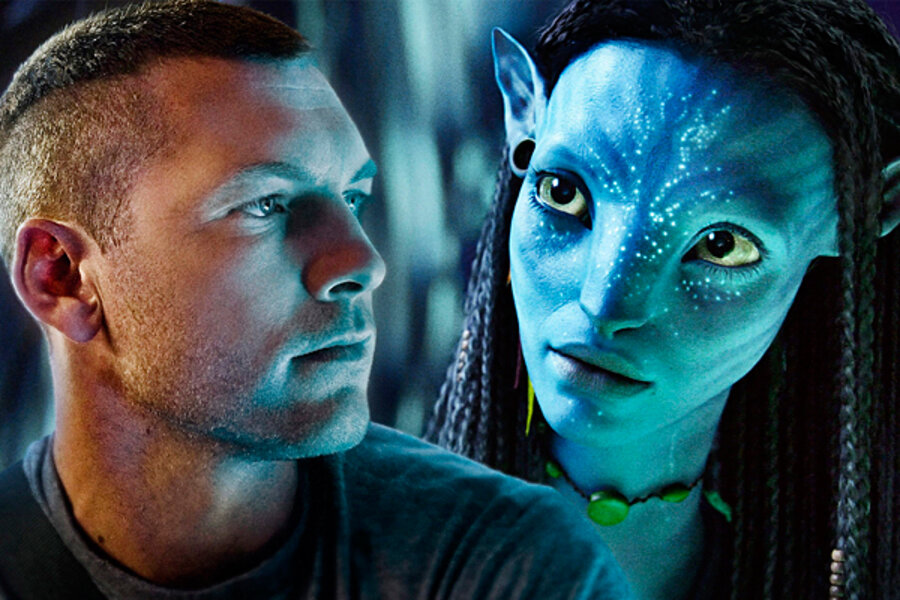'Avatar' reality: It's just a show, people
Loading...
In my continuing quest to remain slightly behind the times, I saw “Avatar” in 3-D several weeks after its release. Don’t worry: You won’t hear me breathlessly reporting that it is really cool. Half the planet already knows that.
Nor am I going to get into its meaning or metaphysics. Yeah, I was bothered by the villainous former marines. I have marines in my family and respect them. The noble savage, white savior, and eco-worship were also a bit much, but most plays and movies are controversial if you choose to see them that way. I mean, “Mary Poppins” was about a nanny with magical powers who was blown in on the West Wind. Did anyone check her immigration status? Fairies and love potions figured prominently in “A Midsummer Night’s Dream.” Just saying.
So big blue humanoids on a faraway moon are just another fantasy. What’s different, of course, is the 3-D. It seems clear that 3-D will be as big to Hollywood as talkies and Technicolor were. This is a game changer. I sat in the cinema with an older relative who had donned the magic specs. When the first images started hovering in space in front of us, he loudly exclaimed, “Oh my heavens!” He would have been around when black-and-white Dorothy landed in full-color Oz, so I considered that a significant reaction.
Everywhere you look, the physical world and the virtual world are merging. Using a Wii controller, you can play table tennis without having a ball, net, or special table crowding the rumpus room. With a GPS or a simple map application on your smart phone, you can navigate the back roads of the real world more clearly on a foggy night than by looking out your windshield. New technology unveiled at the Consumer Electronics Show in Las Vegas earlier this month tracks your body motion so you can control computers and video games with the wave of a hand. And in the desert outside Vegas, military personnel sit in front of video screens and fly pilotless aircraft on the other side of the globe.
Even tech that is now commonplace deserves an occasional shout-out. At a gathering in central Illinois recently, a man who was regaling me with stories of his days in Boston in the 1950s was trying to recall the name of a restaurant. I knew the one but was having trouble with the name myself. We both remembered that it was known for its rude waitresses. I pulled out my iPhone, searched for “rude waitresses and Boston restaurants” and there it was: Durgin Park (no endorsement meant or implied, by the way).
The amount of information at our fingertips and our ability to access libraries of it immediately is astounding. And the Web is increasingly mobile, which means it is with us wherever we go. But why go? The virtual world is getting so real that the electronic playpen is only becoming more appealing, especially when 3-D TVs come out. And 3-D is but a rest stop on the road to virtual reality, at which point we’ll wring our hands about the decline of civilization just as our predecessors did when the first moviegoers emerged from Thomas Talley’s Electric Theater in Los Angeles in 1902.
Every once in a while, by the way, it is worth remembering that while 3-D is an entertainment breakthrough, it also exists in the wild. You can see it in the trees under which we walk, the geese soaring overhead, the majesty of a great building, the character lines in a friend’s face. Replicating it is a neat trick that also has the advantage of subverting physical reality enough so that we can see how our senses are prone to manipulation.
So it’s good to keep some perspective. Just before the lights went down at the movies the other night, I saw a couple a few rows over playing with their 3-D glasses. They were holding out their hands and laughing as they looked at their fingers. “Amazing,” one said. “They look so real.”
John Yemma is the editor of The Christian Science Monitor





